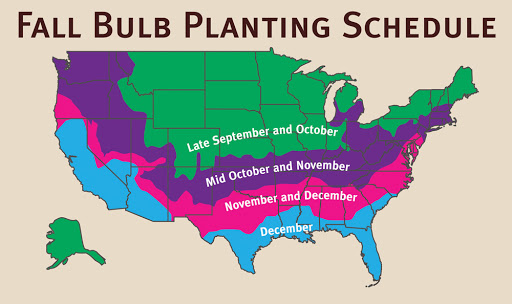I have worked with A.D.R. Bulbs for almost 5 years now, and my company has sourced bulbs with them for longer than that. Communication is great - from ordering, to deliveries, to follow-ups on final product. I love the quality of the product as well as the service. We plant nearly 100,000 bulbs and A.D.R. keeps the whole process easy for us!
Louise Licata
, Bland Landscaping Co.
« Previous Plant | Next Plant »
Tulipa Single Late 'Mata Hari'
Tulip
Mata Hari is a Single Late tulip, known for its color-changing blooms. The flowers open white with hot pink edges, and as they mature, a soft pink blush spreads across the petals, creating an increasingly vibrant display.
This variety reaches 16 to 18 inches tall and thrives in full sun to partial shade with well-drained soil. It blooms in mid to late-spring, standing on sturdy stems, making it excellent for borders, containers, and cut flower arrangements.
Recommended Substitutes for Tulipa Single Late 'Mata Hari'
Tulipa Calculator
When should I plant Tulipa Single Late 'Mata Hari'?

Growing and Maintenance Tips for Tulipa Single Late 'Mata Hari'
Planting: Plant in fall when soil temperatures drop below 55°F. Set bulbs 6–8 inches deep with the pointed end up. Choose a sunny, sheltered site to protect their tall stems and graceful blooms from wind.
Spacing: Space bulbs 4–6 inches apart. For a dramatic effect, plant in groups of 10 or more—ideal for borders, cutting gardens, or formal displays.
Light: Full sun encourages strong stems and rich color. While light shade is tolerated, consistent sun enhances bloom longevity and form.
Soil: Use well-drained, neutral to slightly acidic soil (pH 6–7). Avoid poorly drained areas—French tulips are sensitive to bulb rot in wet spring conditions.
Watering: Water after planting to settle the soil. In spring, water only during prolonged dry spells to maintain bloom integrity without over-saturating the roots.
Temperature & Dormancy: Requires 12–16 weeks of cold (below 50°F) for root development and bud initiation.
Fertilization: Apply a balanced bulb fertilizer when planting and again in early spring as shoots emerge to support stem strength and bloom quality.
Pests: Squirrels may disturb bulbs—use mesh or mulch to deter them. Deer will eat buds and foliage, especially early in spring, so use fencing or repellents in high-pressure areas.
Disease: To prevent Botrytis (Tulip Fire), plant only healthy, firm bulbs in sunny, well-ventilated areas. Avoid overhead watering and remove any infected material—never compost. Rotate planting zones annually and avoid replanting in affected sites for at least three years.








Check back soon for additional details.